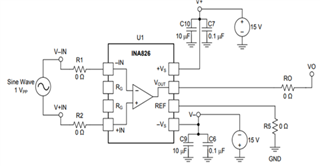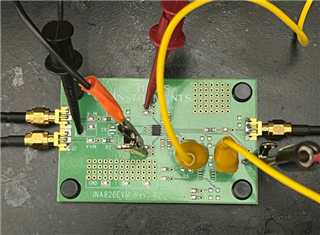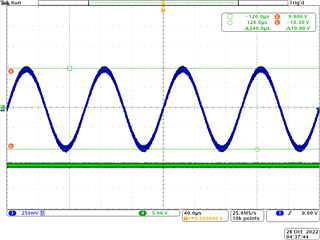Other Parts Discussed in Thread: INA826
Hi Team,
Can you help with the inquiry below?
"Previously, the evaluation board was working fine. The evaluation board is working on a dual supply. However, the V- pin was a little loosened, but I reconnected it to the board while the power was on (-15V). I checked all the connections and found out that there is no short connection. It's only that while reconnecting the V- terminal there was a bit of sparkle as the power supply was connected.
Here attached are the input and output of the board. Input is the sine and output is the saturated voltage. I am facing the same issue for 2/3 boards as there is a sudden misplacement and I tried connecting it while the power supply is on. "



Can you help diagnose the issue?
Thank you.
Regards,
Marvin


